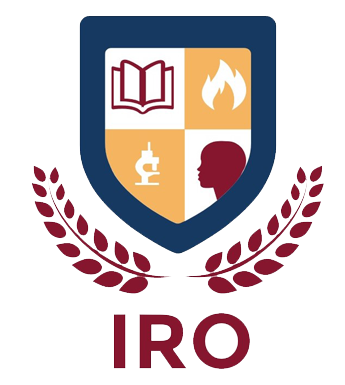Volume - 3 | Issue - 3 | september 2021
DOI
10.36548/jsws.2021.3.006
Published
29 November, 2021
Remote and dangerous fields that are expensive, complex, and unreachable to reach human insights are examined with ease using the Wireless Sensor Network (WSN) applications. Due to the use of non-renewable sources of energy, challenges with respect to the network lifetime, fault tolerance and energy consumption are faced by the self-managed networks. An efficient fault tolerance technique has been provided in this paper as an effective management strategy. Using the network and communication nodes, revitalization and fault recognition techniques are used for handling diverse levels of faults in this framework. At the network nodes, the fault tolerance capability is increased by the proposed protocol model and management strategy. This enhances the corresponding data transmission in the network. When compared to the conventional techniques, the proposed model increases the network lifetime by five times. It is observed from the validation results that, with a 10% increase in the network lifetime, there is a 2% decrease in the fault tolerance proficiency of the network. The network lifetime and data transmission rate are improved while the network energy consumption is reduced significantly. The MATLAB environment is used for simulation purpose. In terms of energy consumption, network lifetime and fault tolerance, the proposed model offers optimal results.
KeywordsNetwork lifetime Fault management Revitalization Fault tolerance Wireless sensor networks


